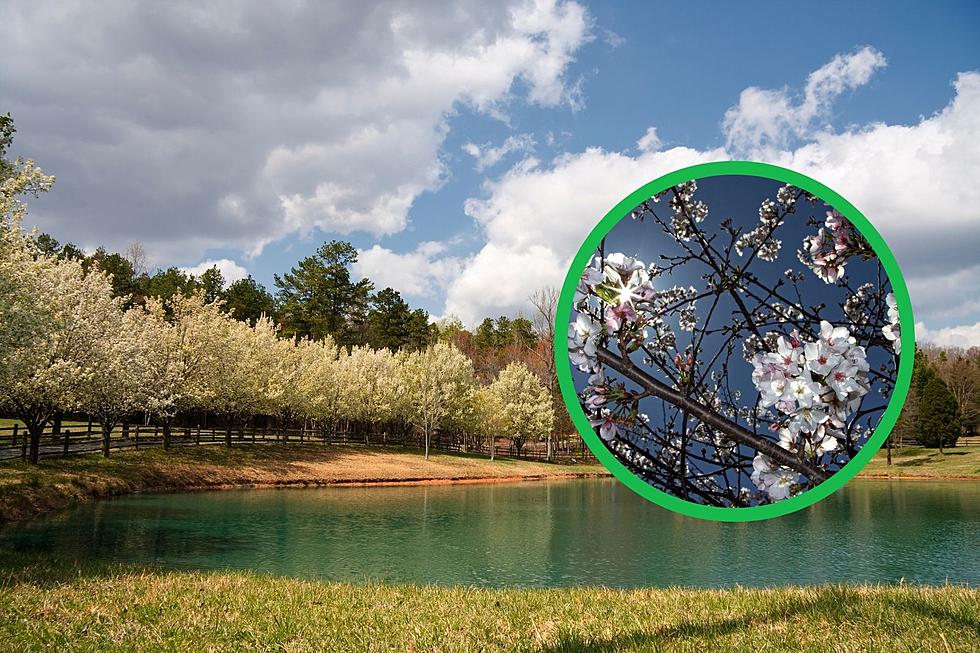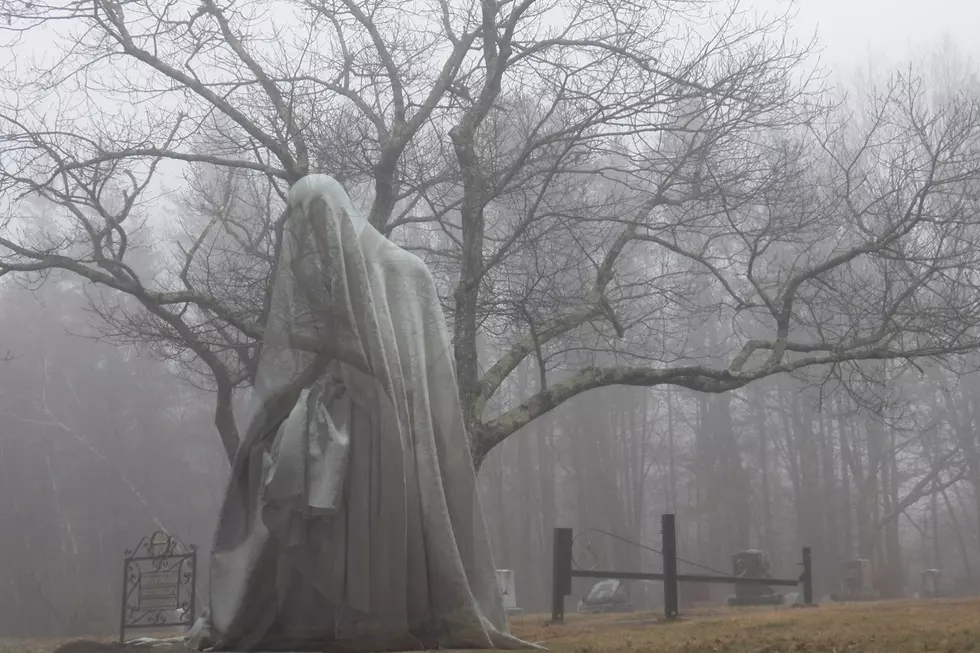
There’s a Bounty for Bradford Pear Trees in Central Kentucky
There is a species of tree that has been incredibly popular with landscapers and homeowners for its quick growth rate and pretty flowers, but despite these somewhat attractive qualities, this tree is actually kind of a nightmare.
Those Flowers Don't Smell Like Flowers At All
Not only does this particular tree smell bad, with some even describing the blossoms as smelling of "rotting fish," but it is also highly invasive, making it a very real threat to the local ecosystem.
Offensively Smelly and Highly Invasive
What kind of tree is offensively smelly and terribly invasive? The Callery Pear. It goes by a number of more common names with perhaps the most well-known being Bradford Pear. Other common names for the Callery Pear include:
- Cleveland Select Pear
- Autumn Blaze Pear
- Aristocrat Pear
- Red Spire Pear
- Chanticleer Pear, and more

Prone to Damage from Winds and Ice
Over the years I've heard horror stories about these trees, although I have only learned of the offensive fragrance in recent years. I had always heard that they are terrible for this part of the country, in part because we live in an area prone to severe weather, especially high winds, and Callery Pears are not known for being the most sturdy.
Growing Too Fast Makes Them Weak
While that mighty oak tree in your backyard has taken several decades to reach its towering size and strength to withstand midwestern winds, the Callery Pear has become popular because it grows at such a rapid rate. Unfortunately, that quick growth rate means that these trees are actually structurally weak making them susceptible to being torn apart, or as someone once described it to me, "shredded," by high winds.
Overused and Terrible for Kentucky's Landscape
Not only is the Callery Pear smelly and weak, but it is also not a native species to Kentucky. According to the UK Forest Health Extension, the tree is "bad for the environment."
Unfortunately, not only are these trees a poor choice for landscapes, they are also bad for the environment. Here's why: Bradford pear were once popular because they are fast growing with pretty blooms. In reality, their blooms smell bad and the trees are prone to cracking and quickly become unsightly. Furthermore, invasive Bradford pears don’t stay put - their seeds spread into nearby areas and damage the productivity and integrity of farms, forests, and natural areas.
Not The Same As The Pears You Would Eat
Callery Pears are not to be confused with the types of pears that you would find in the grocery store. While the pears you find in the store are suitable for human consumption, Callery Pear fruit is not, but it is edible by birds and wildlife, which is how the population of this invasive species has grown.
They Can Prevent Native Trees From Growing
Because the trees bloom and leaf earlier than native trees, they can actually choke out native trees by preventing them from receiving the sunshine they need to survive and thrive. Bradford Pear trees are truly a scourge on our ecosystem.
Here's How to Get Rid Of Them
Larger Callery Pears can be girdled - a method of remediation that involves cutting the bark around the perimeter of the tree. Saplings can be pulled straight from the ground. Other options for mature trees include cutting them down and treating the stump with a herbicide to inhibit the roots and prevent the tree from growing back.
A Bounty for Bradford Pears
To illustrate just how bad these trees are for the ecosystem, Franklin County, Kentucky actually put out a bounty for these trees. While the offer appears to have sold out, the Kentucky Forest Health Extension had been offering replacement trees if you provided proof that you had cut down your Bradford Pear. There was even a prize being awarded for the largest one. While you may not be able to participate in the bounty, it is still a good idea to consider eliminating any of these trees that you may have on your property.
What to Plant Instead
Before you decide to plant a new tree in your yard, you might want to consider some other options and just skip right past the Callery Pear altogether. Some good alternatives to the Callery Pear that are native to Kentucky, include:
- Eastern Redbud
- Serviceberry
- Cockspur Hawthorn
- Green Hawthorn
- Flowering Dogwood.
Oddball Kentucky Attractions
More From WKDQ-FM









